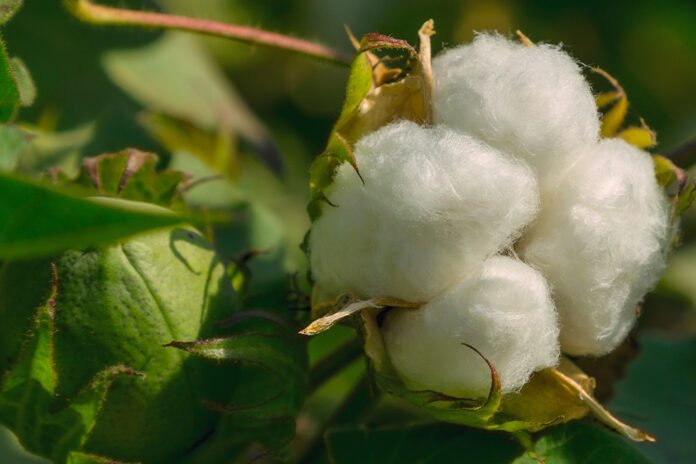Global efforts to make cotton production more sustainable require innovative technologies, targeted investments, and better governance through a systems approach that breaks down silos, the Director-General of the Food and Agriculture Organization of the United Nations (FAO), QU Dongyu, said in his address to World Cotton Day 2023.
World Cotton Day, which is celebrated each year on October 7, was marked in Vienna with an event jointly hosted by the United Nations Industrial Development Organization (UNIDO) and FAO, in cooperation with the World Trade Organization (WTO), the International Trade Center (ITC), the United Nations Conference on Trade and Development (UNCTAD) and the International Cotton Advisory Committee (ICAC).
The theme for this year’s event is: “Making cotton fair and sustainable for all, from farm to fashion.”
In his address to the event, Qu said the Day offered “an opportunity to renew our commitment to enhancing the efficiency, inclusivity, resilience, and sustainability of the cotton sector,” which sustains about 32 million growers and benefits over 100 million families across 80 countries in five continents.
Given that the global demand for cotton is projected to increase at an annual rate of 1.8 percent over the next decade, the need for sustainability remains critical. “For this, we need to do things differently – we need to adapt and transform the business model” and “produce more with less,” Qu said.
For instance, there’s a need to promote the development of cotton by-products, like edible oil and animal feed, to help farmers generate additional income. It is also essential to ensure a level playing field for all players in the global cotton trade for equitable accessibility, affordability, and availability.
According to FAO, relevant stakeholders should focus on three main areas: Science and innovation – new technologies can help boost the efficiency of smallholders and reduce resource use and the environmental impacts, while innovative technologies can improve cotton varieties, increase yields, and help farmers produce more cotton in line with the requirements set out by the industry and consumers.
Investment – increasing cotton yields sustainably requires increasing targeted investment for smallholders and coordinating public and private financing.
Governance – There’s a need for better coherence and greater coordination among the cotton value chain segments, as well as the coherence of policies, strategies, and actions between all relevant Ministries, institutions, and partners. In other words: there’s a need for a systems approach that is comprehensive and that builds on the interconnection of the cotton sector with various socio-economic and environmental drivers.
FAO’s work with cotton
FAO’s Strategic Framework 2022-31 is already following this approach closely by considering the social, economic, and environmental development dimensions, and addressing relevant trade-offs.
The narrative that guides the FAO Strategic Framework supports the 2030 Agenda through the transformation to more efficient, inclusive, resilient, and sustainable agrifood systems for the Four Betters: better production, better nutrition, a better environment, and a better life, leaving no one behind.
FAO has a regional project that aims to strengthen smallholder cotton production in seven Latin American countries, as well as country-led projects in Africa supporting competitiveness and sustainable intensification of African cotton. Similar projects were also developed in other countries, including for instance in Azerbaijan.
FAO has also been working with the International Labour Organization (ILO) and the European Union to eliminate child labour and foster sustainability in the cotton value chain and is working to promote the empowerment of women through better access to resources and engagement in the policy-making process.
In the context of its Strategic Framework, FAO provides normative support to its Members, such as the annual medium-term outlook for the world cotton market, which is included in the annual OECD-FAO Agricultural Outlook report. Finally, FAO also regularly reviews issues that affect global cotton trade and provides market and policy information on the sector through the publication of studies and reports.



